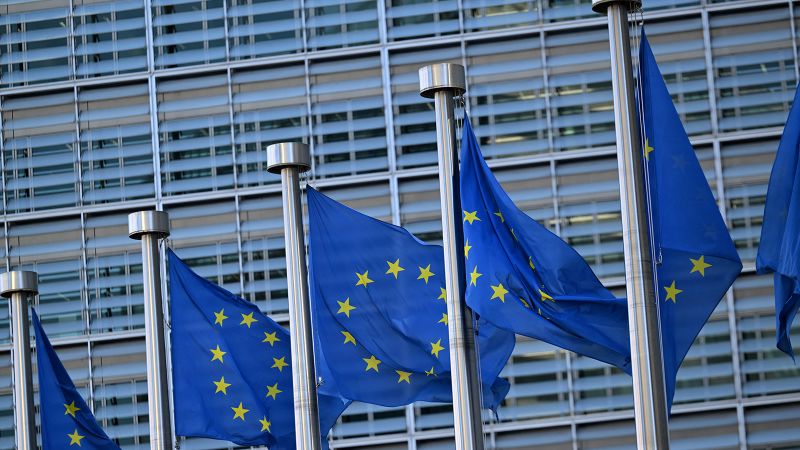Maroš Šefčovič, who serves as the European Union’s trade commissioner, recently disclosed in an interview with the Financial Times that the EU is showing “certain progress” in its pursuit of a trade deal with the United States. This agreement is proposed to include an extensive commitment from the EU to purchase an additional €50 billion worth of American products. The potential deal underscores the growing importance of transatlantic trade relations and the ongoing efforts to enhance economic cooperation between the two powerful entities.
During the discussion, Šefčovič pinpointed a significant “problem” in the current trade dynamics between the United States and the European Union. His mention of a problematic trade relationship indicates the underlying tensions and complexities that have characterized their economic exchanges, especially within the context of tariffs and trade deficits.
The Financial Times highlighted an essential point raised by Šefčovič, noting that for any viable trade agreement to materialize, the Trump administration would need to reconsider its existing stance on tariffs. Specifically, Šefčovič suggested that the current 10% across-the-board tariffs on European goods need to be rolled back as a prerequisite for moving forward with any new trade arrangements. This emphasis on tariff reduction reflects a critical aspect of international trade negotiations, where tariffs often serve as significant barriers to free trade and economic collaboration.
Notably, the situation became more pressing last month when President Donald Trump implemented a 10% universal tariff on nearly all imports entering the United States, which included products from the European Union. Furthermore, Trump considered, then postponed, even steeper “reciprocal” tariffs of up to 50% targeting specific countries, thereby complicating the already intricate trade landscape. The persistence of these tariffs has been a substantial point of contention and has created apprehension within European markets regarding the stability and predictability of their trade relations with the U.S.
Şefčovič’s dialogue with senior U.S. officials, including trade representative Jamieson Greer and commerce secretary Howard Lutnick, has been focused on strategies to address the trade deficit the U.S. experiences with Europe. One of the primary solutions discussed involves increasing purchases of liquefied natural gas (LNG) and various agricultural products. Šefčovič expressed optimism, indicating that if the identified deficit stands at €50 billion, there are viable pathways to swiftly remedy this gap through enhanced purchases of LNG and agricultural commodities, such as soybeans, among other potential avenues.
However, despite this optimism, Šefčovič also tempered expectations by acknowledging that negotiating an acceptable deal that caters to the interests of EU member states and their parliamentary representatives would, indeed, prove to be “very difficult.” This statement highlights the complexities of intra-EU dynamics, as trade agreements must navigate not only international diplomacy but also the varied interests of constituent nations, each with unique economic priorities and concerns.
As the situation evolves, it remains crucial to monitor the developments in these negotiations closely. The interplay between U.S. trade policies, European responses, and the broader implications for global trade will undoubtedly play a significant role in shaping economic outcomes. This developing story serves as a reflection of the intricate nature of international relations and commerce in today’s interconnected world. Updates from this ongoing discussion will shed light on how these large-scale trade interactions will unfold in the coming months, potentially reshaping trade practices and economic strategies on both sides of the Atlantic.



